Mastering Chess Time Controls: A Guide
Chess is a game of strategy and skill, with many factors contributing to its unique and diverse nature. One such element that greatly affects how the game is played is the time control. In this article, we’ll explore various types of chess time controls, the history behind them, how they impact the game and strategies of players, as well as famous matches showcasing the significance of these time controls.
Types of Chess Time Controls
Time Control in Chess
In the game of chess, time control plays a vital role in determining the pace and strategy of each match. There are several types of time controls utilized in chess games, such as classical, rapid, blitz, and bullet. These time controls dictate how much time a player has to think about and execute their moves, thus affecting the overall game experience.
Classical Time Control
Classical time control is the most common in professional chess tournaments and has the longest time limit. In classical chess, each player has at least 60 minutes to make their moves, but the limit can extend up to 120 minutes. This time control allows players to contemplate their moves thoroughly and devise well-thought-out strategies.
Rapid Time Control
Rapid chess, on the other hand, has a shorter time control, typically ranging between 15 to 60 minutes per player. The faster pace of rapid chess encourages players to depend on their instincts and prioritize quick decision-making.
Blitz and Bullet Time Control
Blitz chess and bullet chess are the fastest time controls in the chess world. Blitz allows 3 to 10 minutes per player, while bullet provides just 1 to 3 minutes. With these stricter time constraints, players must heavily rely on intuition and quick thinking, often trading precision for speed. Blitz and bullet matches often result in more aggressive and unpredictable gameplay, as players capitalize on their opponents’ time-pressure-induced errors.
Mastering Various Time Control Formats
Understanding the nuances of each type of chess time control can help players adapt their strategies and mental approach to different game situations. Mastering these diverse time control formats allows a chess enthusiast to become a versatile player, excelling in both slow, methodical games and fast-paced, adrenaline-pumping matches. The choice of time control can dramatically change the dynamic of a chess game, providing endless opportunities for exciting and innovative play.
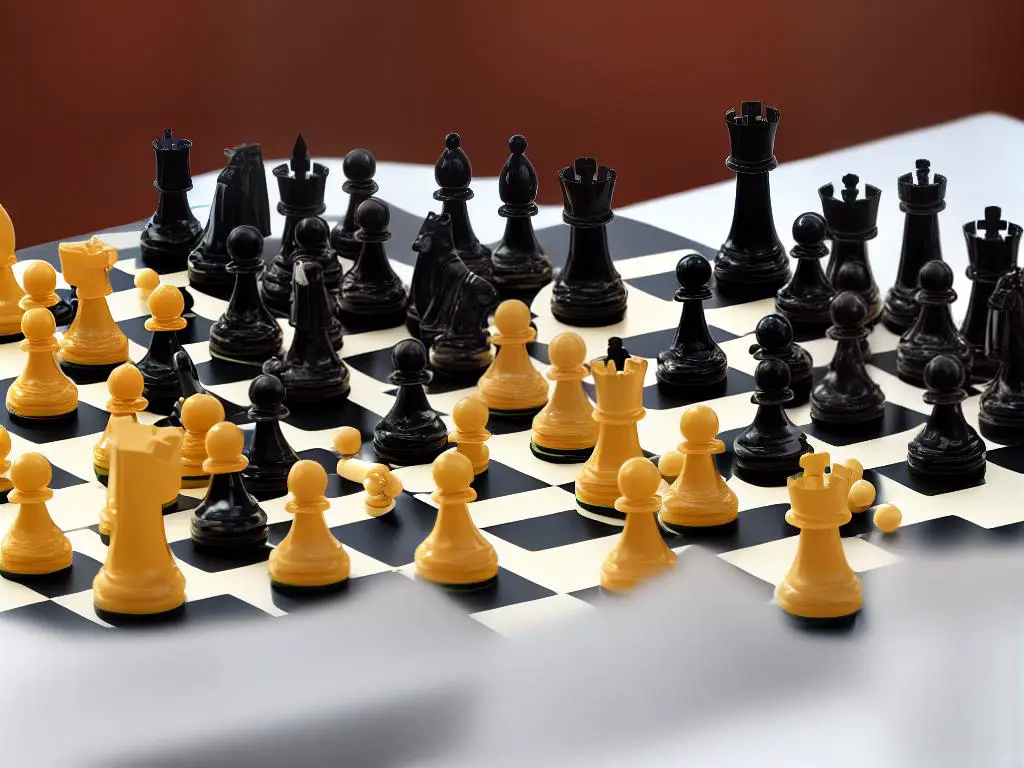
History of Time Controls
The Evolution of Chess Time Controls
Over time, the concept of chess time controls has evolved since the early days of competitive chess. Before the 19th century, the term “chess clock” did not exist, and there were no set time controls for chess games. Players often competed in lengthy matches that could last for days, without any limitations on how long they could take to make a move.
It wasn’t until the first international chess tournament, held in London in 1851, that the need for time controls became apparent. To prevent games from dragging on indefinitely, this event introduced a 20-minute limit for each player to make their moves. An hourglass was used to enforce this rule, turned 90 degrees after each move.
Since then, the evolution of time controls continued to shape the way chess is played and enjoyed today. With the advent of digital chess clocks and the establishment of standardized time controls, the game has become more accessible and engaging for players of various skill levels and preferences.
The Development of Chess Clocks
As tournaments continued to grow in size and popularity, chess organizations began to experiment with different forms of time controls to maintain a reasonable pace of play while still allowing players enough time to consider their moves. In the late 19th century, players began to use mechanical chess clocks with two separate dials to keep track of each player’s remaining time. These early chess clocks were often wind-up models that required manual resetting after each move, which occasionally led to disputes over time usage.
It was only in the 1950s that the now-familiar “ticking” chess clock, with a button for each player to press after making a move, was introduced.
Variations in Time Controls
Since the introduction of mechanical chess clocks, various time control formats have been utilized in different tournaments, creating unique challenges for players. For example, blitz chess – a faster-paced version of the game with much shorter time controls – has emerged as a popular format for both casual and competitive chess players.
Today, electronic digital chess clocks are commonly used, allowing for even more specialized time control formats that can be easily programmed and customized to suit a player’s needs. This evolution of chess time controls has continuously shaped the development of the game and influenced the strategies employed by chess players around the world.
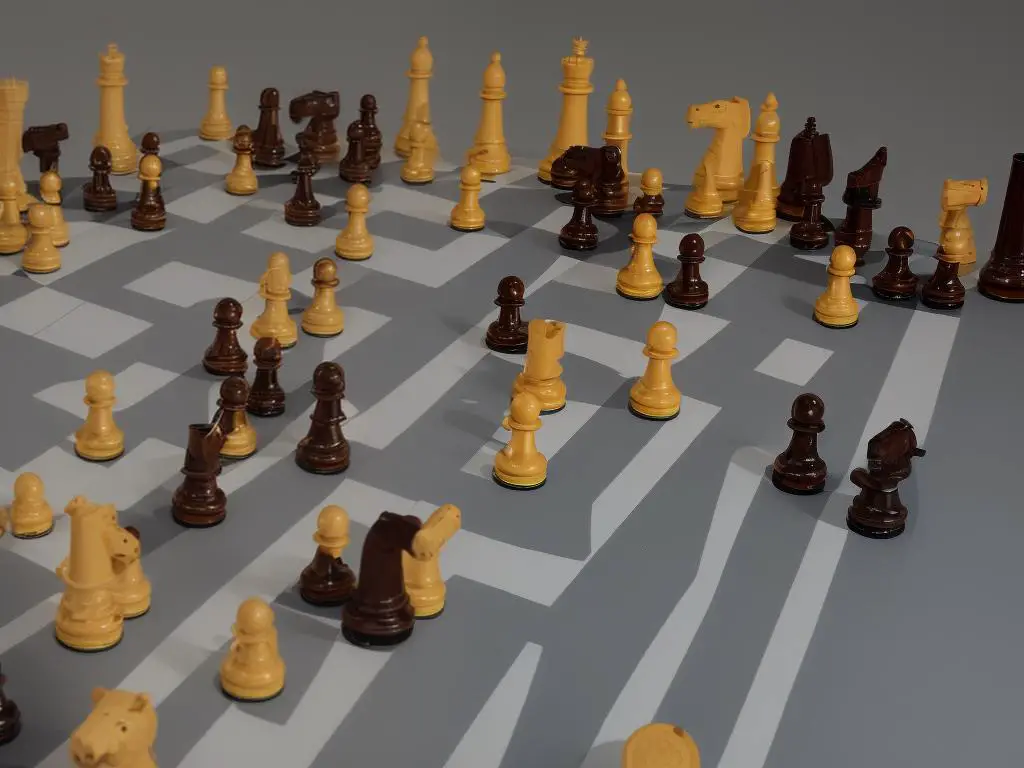
Clocks and Time Management
Chess Time Controls
Chess time controls are an essential aspect of the game, ensuring that both players have a limited amount of time to make their moves, thus creating an exciting and dynamic environment for play. The use of chess clocks is the primary method of enforcing these time controls.
There are two main types of chess clocks: analog and digital. Analog clocks consist of a pair of mechanical clocks with dials, while digital clocks feature electronic displays and offer greater flexibility and customization of time controls. Some digital clocks provide a variety of options, such as increment, delay, or Fischer time controls, which add a pre-determined amount of time after each move.
Effective Time Management Skills
Developing effective time management skills is crucial for success in chess, as it allows players to maximize their thinking time and make better decisions throughout the game.
One common strategy involves dividing the total time control by the expected number of moves in a game, giving a rough estimate of the time a player should spend per move. It is vital to consider the pace of your game and know when to think deeply during crucial moments and when to play more quickly in simpler positions. Recognizing the critical points in a game allows a player to allocate their time wisely, striking a balance between deep thought and quick decision-making.
Managing the Clock during Time Pressure
One essential aspect of time management in chess is learning how to handle the clock during periods of time pressure. As the game advances, players may find themselves in tense situations as their allotted time diminishes.
During these moments, it’s important to remain composed and concentrate on making the best possible decisions with the remaining time. Developing the ability to play well under time pressure and make effective use of any leftover time on the clock is crucial. This skill often separates the winners from the losers, as those who can keep their cool under pressure are less likely to make game-changing errors when it matters most.
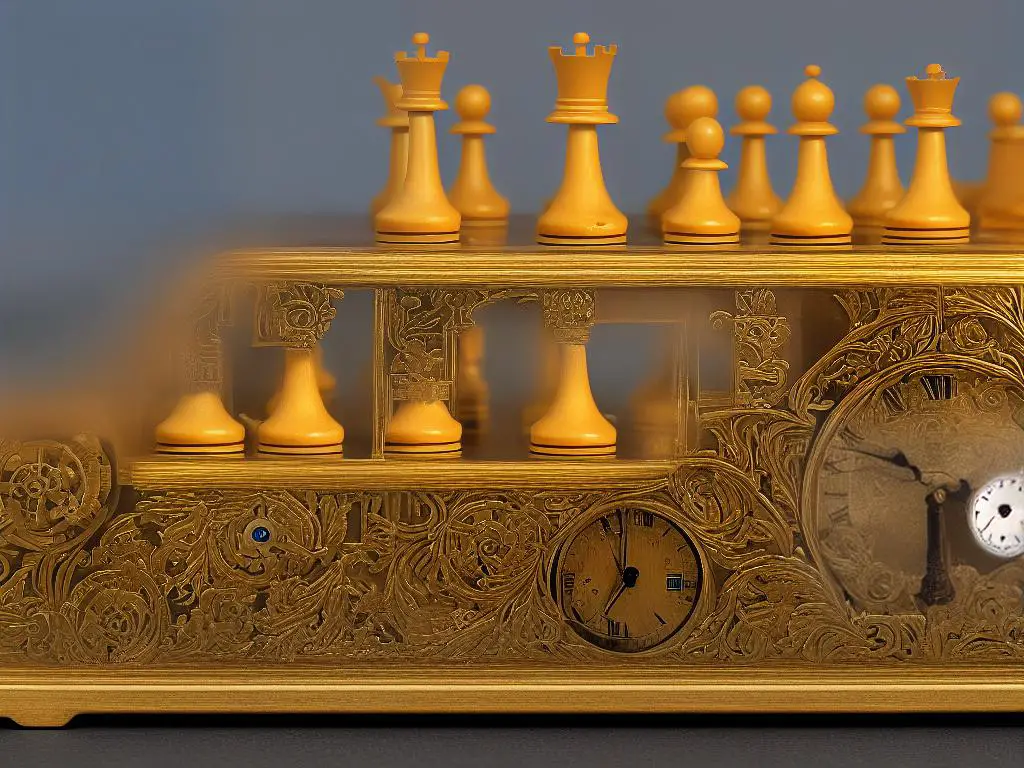
Time Control Formats in Tournaments
Time Control Formats in Chess Tournaments
To better understand the importance of time management in chess, it’s helpful to examine the various time control formats used in chess tournaments. FIDE (World Chess Federation) is one organization that has established widely respected time controls. In classical FIDE-rated events, the standard time control grants 90 minutes for the first 40 moves, followed by an extra 30 minutes for the remainder of the game, along with a 30-second increment added per move starting from move one. This format ensures that both players have sufficient time to contemplate their moves, promoting deeper strategic thinking.
Conversely, rapid and blitz tournaments feature shorter FIDE time controls of 15-60 minutes and 3-10 minutes per player, respectively. In these fast-paced competitions, players must prioritize quick thinking and decision-making, resulting in more aggressive and dynamic gameplay.
Time Controls in Chess960
Chess960, also known as Fischer Random Chess, is a chess variant that starts with a randomized position, providing a fresh challenge for players. While the rules of chess960 are different, the time controls used in chess960 tournaments are usually the same as in traditional chess tournaments. The 2018 World Fischer Random Chess Championship, for example, featured a time control of 45 minutes plus a 15-second increment per move for each player. This allowed the competitors to have ample time to think about their moves while still maintaining an exciting pace for spectators.
Time Controls on Online Chess Platforms
Online chess platforms like Chess.com, Lichess, and ICC have popularized various time control formats that cater to players of all skill levels. Among these, blitz and bullet games, which feature time controls of 3-5 minutes and 1-2 minutes per player respectively, are especially popular for online tournaments. These ultra-fast games challenge players to think quickly and excel at making swift tactical decisions. Additionally, online tournaments often offer customizable time controls, enabling players to find the perfect balance between strategic depth and exhilarating speed. Consequently, the rising popularity of online chess has fostered a greater appreciation for diverse time controls and formats, enriching the chess world as a whole.
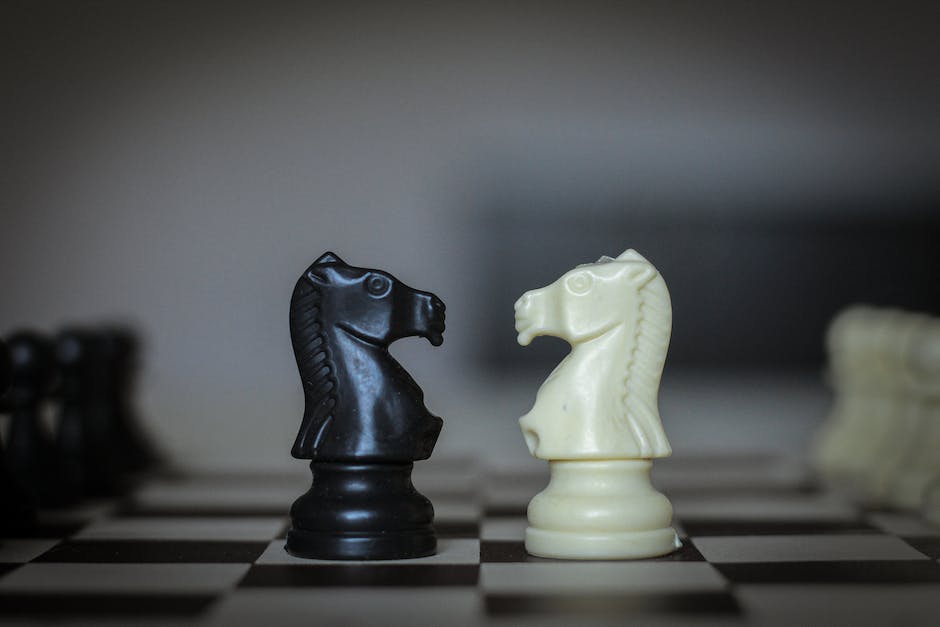
Adapting Strategies to Time Controls
Time Controls in Chess
Time controls significantly influence a player’s strategic approach to various stages of a chess game, such as opening, middle game, and endgame. Depending on the time constraints, players may need to modify their strategies accordingly.
In longer time controls, such as classical chess, players can dedicate more time to contemplating moves. This enables them to delve deep into strategies, tactics, and the calculation of different variations. Consequently, they can experiment with a range of opening choices, engage in extended positional battles, and thoroughly consider the intricacies of the position.
On the other hand, rapid and blitz chess demand swift thinking and adaptability to rapidly evolving scenarios. In these fast-paced games, players often choose more tactical openings to quickly seize the initiative or create immediate threats. Identifying moves that challenge the opponent is prioritized, understanding that time pressure may lead to errors. Middle game strategies in rapid and blitz formats emphasize dynamic play and steer clear of complex, time-consuming calculations. Players are thus more inclined to take risks and launch aggressive attacks instead of gradually building positional advantage.
In the endgame stage, adjusting to time controls becomes particularly crucial. As players race against the clock, they must strike a balance between deep calculation and intuitive understanding of the position. This frequently involves pattern recognition, familiarity with standard endgame themes, and the ability to swiftly evaluate complicated positions. Players with ample time may invest more effort in identifying a precise winning path, while those under short time controls often prioritize practical moves that maintain the advantage and keep the pressure on their opponent. Ultimately, the constant adaptation of strategies and decision-making processes to the given time controls is an essential skill honed by experienced chess players.

Famous Games and Time Control Moments
Importance of Time Control in Chess
A prime example of the importance of time control in chess history is the 1984 World Chess Championship match between Garry Kasparov and Anatoly Karpov. The time control was set at 40 moves in 2.5 hours, with an additional 16 moves each hour thereafter. This monumental match began on September 10, 1984, and lasted a record-breaking 48 games and five months. Karpov initially led with a 4-0 score, but Kasparov made a comeback as the match continued. Game 31 marked a turning point when Karpov, under extreme time pressure, made a critical mistake that allowed Kasparov to win. The mental and physical fatigue caused by the prolonged play and time control significantly impacted the match’s outcome, which ultimately ended without a winner being declared.
Bobby Fischer
Bobby Fischer, an American chess Grandmaster, is another chess legend whose games often saw intriguing time control moments. In the 1970 Palma de Mallorca Interzonal, Fischer faced former World Champion Tigran Petrosian in a crucial match. Fischer had an overall winning position, but during the time pressure situation, he failed to find the best moves, and instead opted for a less optimal line, allowing Petrosian to escape with a draw. However, in the Candidates Final match against Tigran Petrosian, in 1971, Fischer managed to beat him in a game where both were under severe time pressure. Time controls have played a significant part in some of the most historical games and critical decisions.
The 2016 World Chess Championship
The 2016 World Chess Championship match between Magnus Carlsen and Sergey Karjakin is yet another example of the impact of time pressure in famous games. In Game 3, Carlsen had an advantageous position but was short on time. As a result, he made a crucial mistake that allowed Karjakin to draw the game. Similarly, in Game 5, Karjakin was under serious time pressure, and Carlsen managed to capitalize on it, but couldn’t convert the advantage into a win. Ultimately, it was in the rapid tiebreaks (a faster time control) that Carlsen showed his prowess and won the championship decisively. These episodes serve as a reminder to chess players of all levels that managing time effectively is a crucial aspect of competitive play, and can greatly impact the outcome of games.
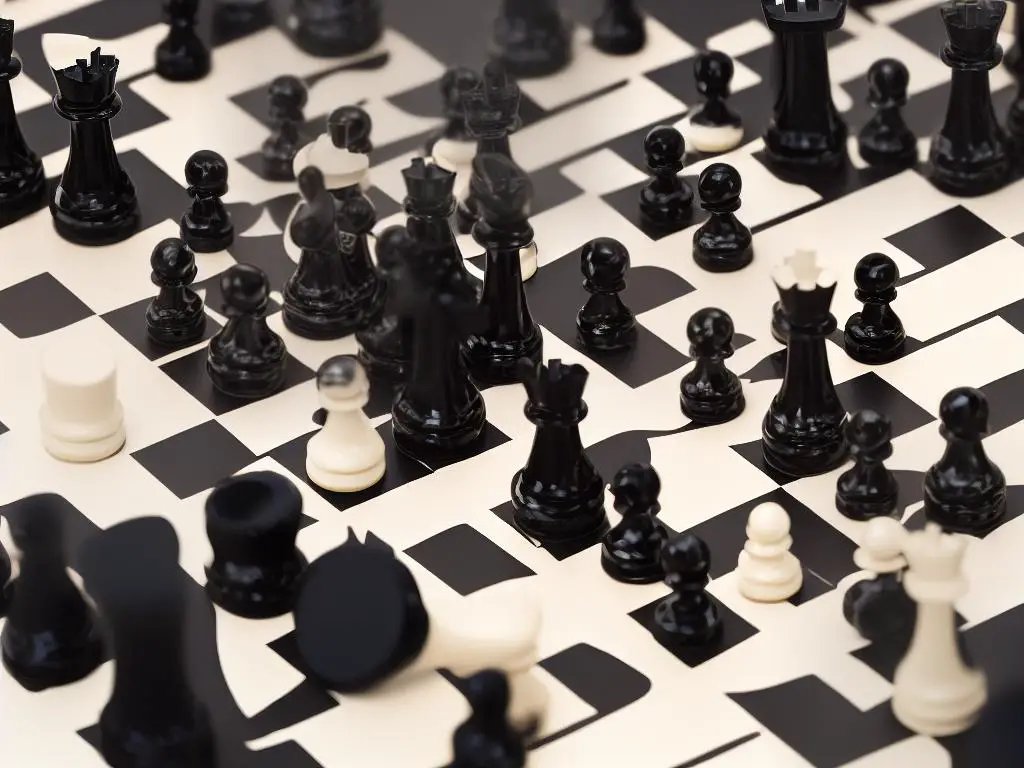
Understanding time controls, their impact on the game, and adapting strategies to them are essential in becoming a proficient chess player. By appreciating the history of time controls and their role in the evolution of chess, as well as examining different chess clocks, time management strategies, and tournament formats, you can deepen your knowledge of chess’s dynamic nature. Study famous games and moments that highlight the importance of time controls, and let it inspire your approach to the game. With this information in hand, you’ll be more equipped than ever to take on the challenges and excitement of the chess world.
